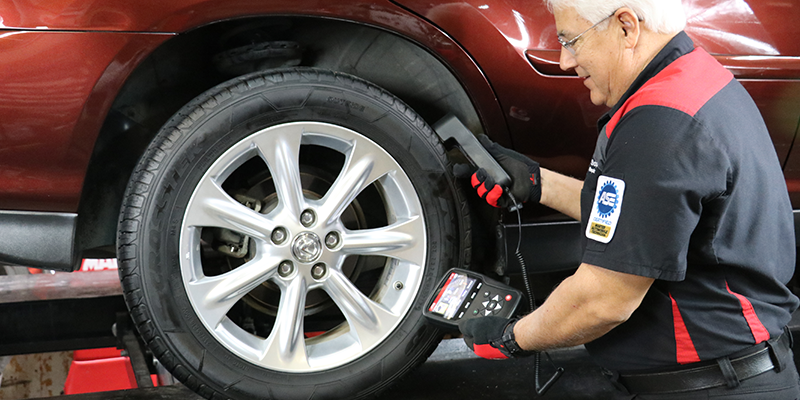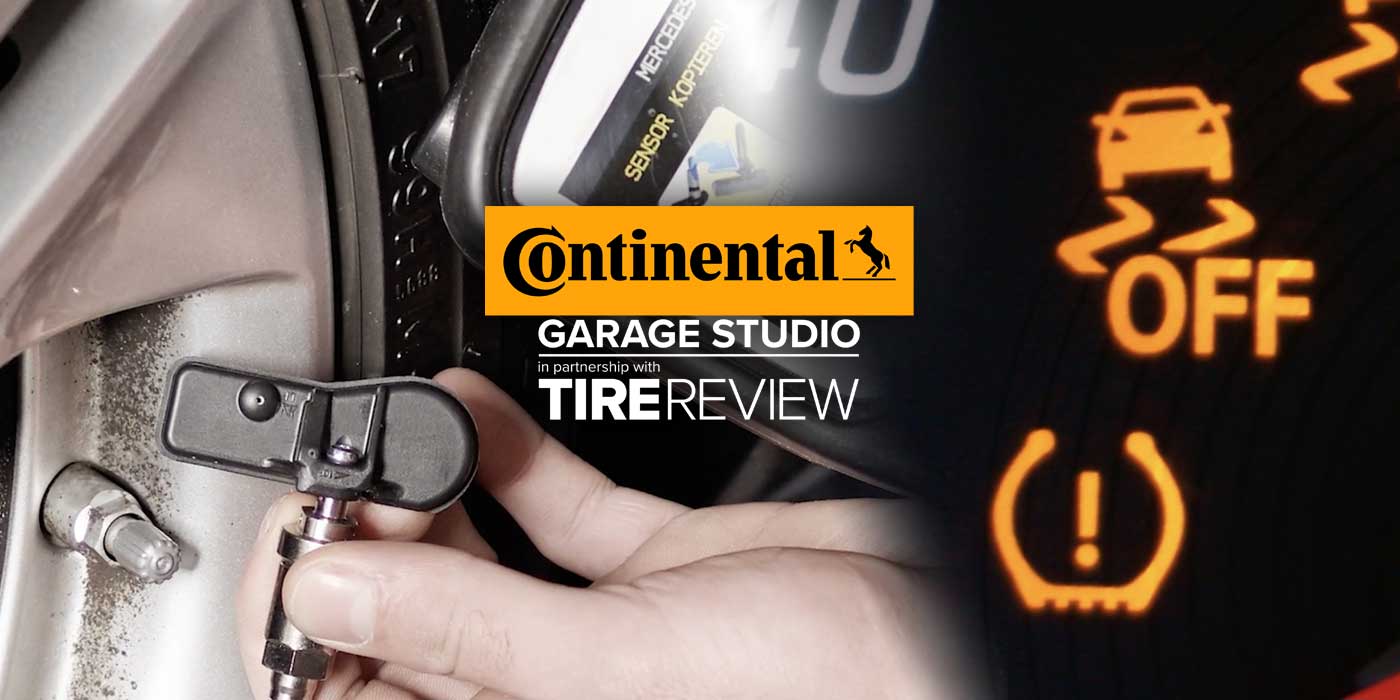
My Father’s Shop in Midlothian, Texas, checks the tire. He advocates the value of using TPMS tools built to OE standards and industry standards to “repair the vehicles the right way the first time every time.”
When a technician has a customer with a TPMS MIL in the shop, their goal is to find the solution to “turn the light off.” However, important technological factors behind the TPMS tool you are using play a significant role into whether a customer’s TPMS issue is solved safely, or is just turning the light off and sending the customer home. Furthermore, another drawback to a “good enough” TPMS solution is when a customer comes back to the shop with the same issue, frustrated, and now feeling that the shop is less trustworthy.
Quality TPMS solutions are much more than the hype of new and unique features a TPMS tool can bring to the table. It is the technology built in that creates the value of the tool and ensures the customer’s safety when fixing a vehicle.
Relationships that TPMS tool companies have with OE manufacturers play a huge role in how TPMS tools perform with reading and activating sensors, as well as communicating via the OBDII module portal to a vehicle’s ECU. Compliance with OEM car manufacturers, sensor manufacturers and wheel assemblers is the only way to have proper OEM sensor and car communication information.
“It is crucial to work with OEMs to obtain the correct information to read and activate TPMS sensors as well as decode OBDII information,” says Eri Muca, North American sales manager at ATEQ TPMS Tools. “An OEM standard tool means it is future-proof, so it will last in the shop environment for years to come and works right out of the box every time.”
MORE COVERAGE: Take a look at Tire Review’s latest issue
TPMS tool companies that have direct communication with OEMs allow independent shops to securely service tires within OE standards.
“We choose the tools we work with in the shop because the companies provide OE-compliant information that is needed to diagnose and service vehicles,” says Jeff Buckley, owner of My Father’s Shop in Midlothian, Texas. “Using a TPMS tool, or other tools in the shop that work with OEMs, ensures the vehicle will be repaired properly, using OE standards and industry standards. In the end, we want to repair vehicles the right way, the first time, every time. This builds the customer’s confidence and improves the reputation of independent shops in the industry.”
Of course, there are TPMS solutions in the industry that will help turn the TPMS light off, which in some cases is “good enough” for some shop owners. However, be aware that without proper diagnostics and solutions that meet OE standards, the “backwards engineering” can set shops back and cause much more time and money than if they worked with an OE-compliant tool in the first place. TR
Sheila Stevens is the marketing coordinator for ATEQ TPMS, LC, a global manufacturer of TPMS diagnostic tools and solutions. For more information on ATEQ’s line of TPMS tools and solutions, as well as additional information on TPMS, visit www.ateq-tpms.com.












